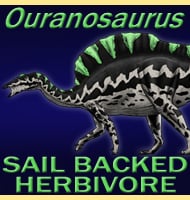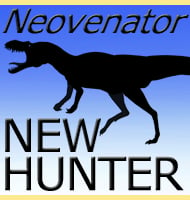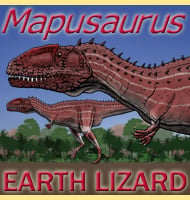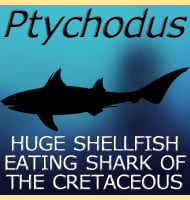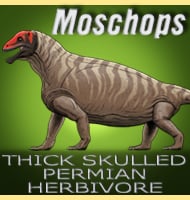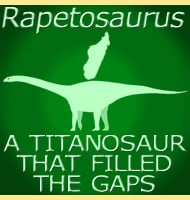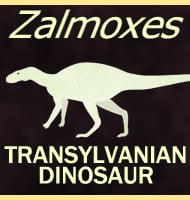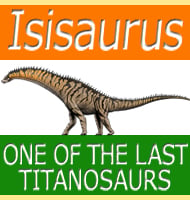In Depth
Eocaiman is so named due to the similarity to the modern day Caiman of South America, though Eocaiman appears much earlier in the fossil record, with the earliest examples going all, the way back to the first stage of the Paleocene. Henceforth, Eocaiman is expected to have been quite similar to its modern day cousins, hunting in the river systems of ancient South America for fish and other small terrestrial vertebrates. Eocaiman however were not even close to the top crocodylian predators of the time, with genera such as Mourasuchus and Purussaurus easily dwarfing Eocaiman in terms of physical size.
Further Reading
- A new crocodilian from the Notostylops beds of Patagonia. - American Museum Novitates 623:1-9 - G. G. Simpson - 1933. - Fossil crocodilians from Colombia and the Cenozoic history of the Crocodilia in South America. - University of California Publications in Geological Sciences 52:1-169 - W. Langston Jr. - 1965. - A new species of Eocaiman Simpson (Crocodylia, Alligatoridae) from the Lower Paleocene of Patagonia [Una nueva especie de Eocaiman Simpson (Crododylia, Alligatoridae) del Paleoceno Inferior de Patagonia] - Ameghiniana 44(2):435-445 - P. Bona - 2007. - A new Eocaiman (Alligatoridae, Crocodylia) from the Itabora� Basin, Paleogene of Rio de Janeiro, Brazil - Historical Biology: An International Journal of Paleobiology 25(3):327-337 - Andr� E.P. Pinheiro, Daniel C. Fortier, Diego Pol, Di�genes A. Campos & L�lian P. Bergqvist - 2013.

